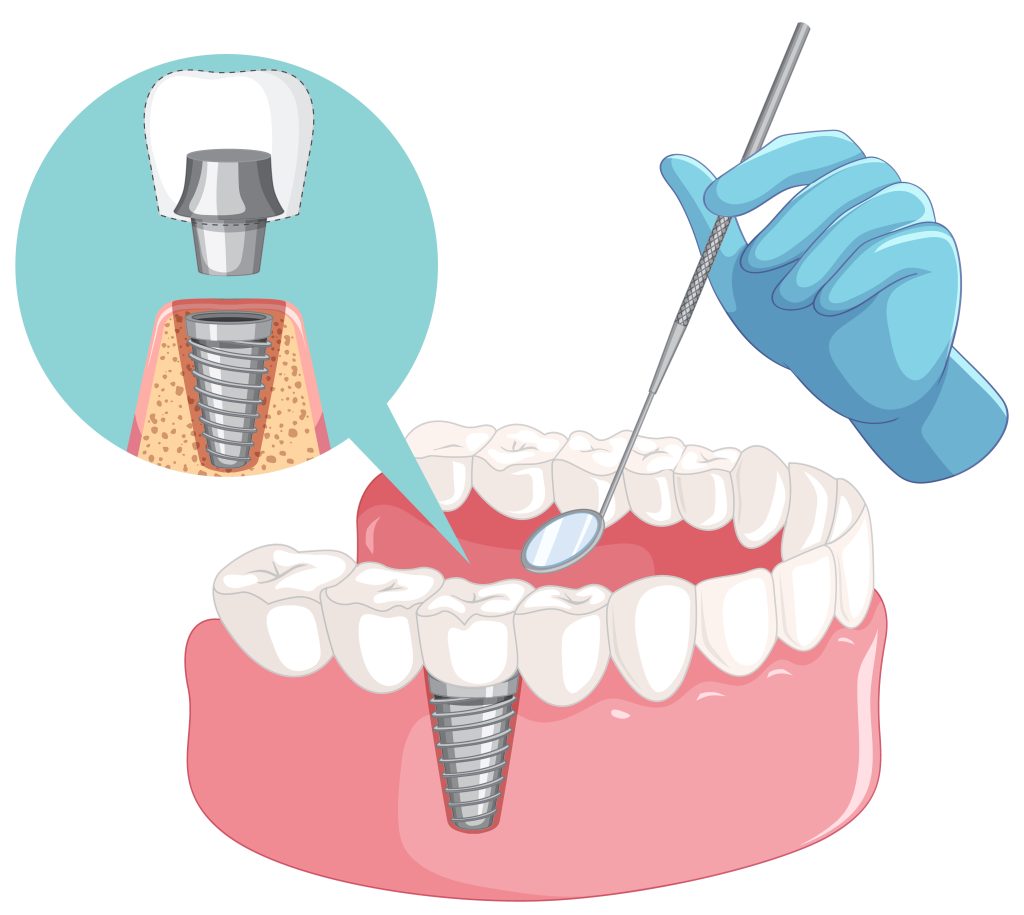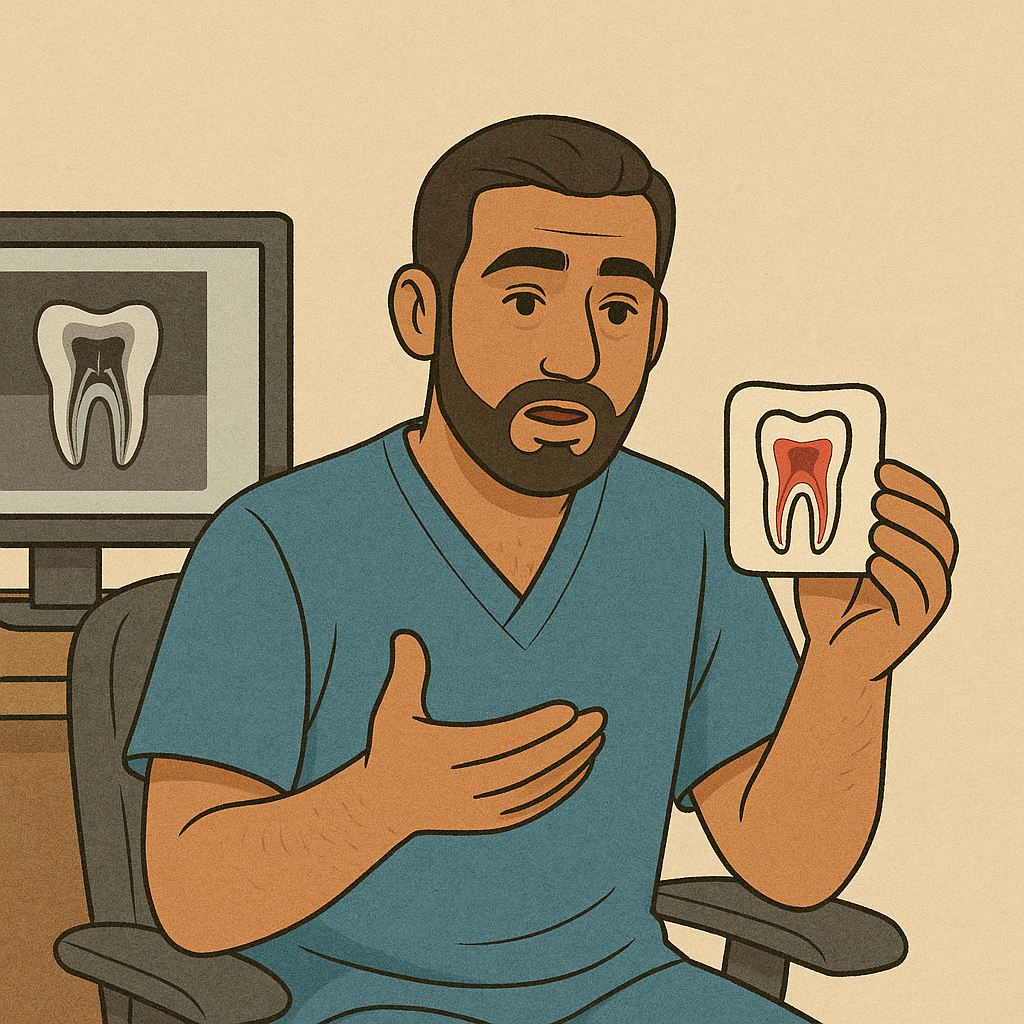Extraction of Impacted or Ectopic Teeth: Procedure, Recovery, and Aftercare
When Is the Extraction of Impacted or Ectopic Teeth Necessary?
A dentist or oral surgeon may recommend extraction in the following cases:
- Impacted Teeth – Teeth that are stuck beneath the gum and fail to erupt fully.
- Ectopic Teeth – Teeth that grow in the wrong position, often affecting the alignment of other teeth.
- Overcrowding – When there is insufficient space in the jaw, leading to dental misalignment.
- Infection or Gum Disease – When trapped bacteria around impacted teeth cause gum inflammation or abscess formation.
- Cysts or Tumors – In rare cases, cysts can form around impacted teeth, leading to bone damage.
- Orthodontic Treatment – Some impacted teeth need to be removed to allow for proper alignment during orthodontic treatment.
How Is the Extraction of Impacted or Ectopic Teeth Performed?
- Initial Examination and X-rays – The dentist or oral surgeon assesses the tooth’s position using X-rays or 3D imaging.
- Anesthesia Administration – Local anesthesia, sedation, or general anesthesia is used to ensure patient comfort.
- Gum and Bone Access – A small incision is made in the gum, and some bone may need to be removed to access the tooth.
- Sectioning the Tooth – In complex cases, the tooth is divided into smaller sections for easier removal.
- Tooth Extraction – The dentist carefully removes the tooth while preserving surrounding structures.
- Suturing the Gum – Stitches may be placed to aid healing, and gauze is applied to control bleeding.
What to Expect After Extraction
- Swelling and Bruising – Swelling peaks within 48 hours and may last up to a week.
- Pain Management – Over-the-counter or prescribed pain relievers help control discomfort.
- Bleeding Control – Biting down on gauze helps clot formation and stops bleeding within 24 hours.
- Soft Diet – Stick to soft foods like yogurt, mashed potatoes, and soup for the first few days.
- Oral Hygiene Precautions – Avoid vigorous rinsing, brushing near the site, and using straws to prevent complications.
- Rest and Limited Activity – Avoid strenuous activities for at least 3-5 days.
Recovery Timeline
- First 24 Hours – Blood clot formation and initial discomfort.
- 2-3 Days – Peak swelling, followed by gradual improvement.
- 1 Week – Stitches (if used) may be removed, and soft tissue begins healing.
- 2-4 Weeks – Full recovery of the gum tissue.
- 3-6 Months – Bone healing is complete.
Possible Complications and How to Prevent Them
- Dry Socket – Avoid smoking, drinking through straws, or disturbing the clot to prevent painful exposure of the bone.
- Infection – Follow prescribed antibiotics and maintain gentle oral hygiene.
- Nerve Damage – Rare but possible in lower jaw extractions, leading to temporary or permanent numbness.
- Prolonged Bleeding – If bleeding continues beyond 24 hours, contact your dentist.
When to Contact a Dentist After Extraction
Seek immediate care if you experience:
- Severe pain that does not improve with medication.
- Persistent bleeding beyond 24 hours.
- Worsening swelling or pus discharge.
- Fever or other signs of infection.
- Numbness or tingling lasting longer than expected.
Conclusion
The extraction of impacted or ectopic teeth is a crucial procedure to prevent complications such as pain, infection, or misalignment. With proper care and recovery, healing is typically smooth, and discomfort is temporary. If you have impacted or ectopic teeth, consult your dentist to determine the best treatment plan for you.
























